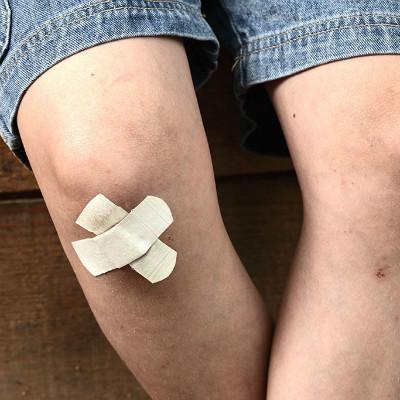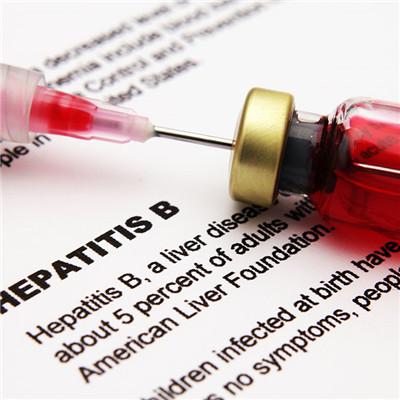Can port wine stain have complication?
summary
Port wine stains mainly occur on the face, the baby's head and face. Port wine stains mainly occur in the baby's head and face, manifested as a piece of this vascular erythema, of course, it can also occur in the trunk and limbs and other parts. For this kind of performance, it is mainly a vascular bright red change. Over time, it may change from bright red to purplish red. In addition, with the passage of time, the thickness of the skin can also continue to proliferate. Compared with normal skin, if the skin is flat, there may be skin thickening or papules and nodules, and the skin can appear uneven. Can that bright red spot mole have complication?
Can port wine stain have complication?
At first, port wine stains are light red, dark red or purplish red spots of different sizes. Capillary dilation can be seen. The surface is smooth, and the color will fade when pressed. With the increase of age, it will continue to expand. 65% of patients will dilate. Before 40 years old, it can be thickened or nodules appear. It is easy to bleed after trauma. Port wine stains are relatively flat plaques composed of numerous dilated capillaries. The lesion area increases with the growth of the body and will not disappear for life.

Port wine stains can occur in any part of the body, mostly on the face. It also affects the eye meridian and the maxillary nerve. 15% of the patients will cause glaucoma. 1% - 2% of the patients are accompanied by ipsilateral pial vascular malformation, which is called Sturge Weber syndrome. Port wine stains is a common skin lesions, now more patients, port wine stains with the age of patients and growing.

Port wine stains, also known as wine like nevus or telangiectasia nevus, often appear at birth or shortly after birth, often in the neck, head, head and other parts, mostly unilateral, rarely bilateral, sometimes involving the mucosa. There is no way to prevent the occurrence of port wine stains.

matters needing attention
Laser therapy is the application of selective photothermal effect of light on objects of different colors. Laser with wavelength between 585 nm or strong pulse light selectively acts on hemoglobin in blood vessels to heat and destroy dilated blood vessels, while other skin tissues are not damaged, thus removing dilated blood vessels and removing red blood. The advent of laser technology brings hope to the treatment of port wine stains.














